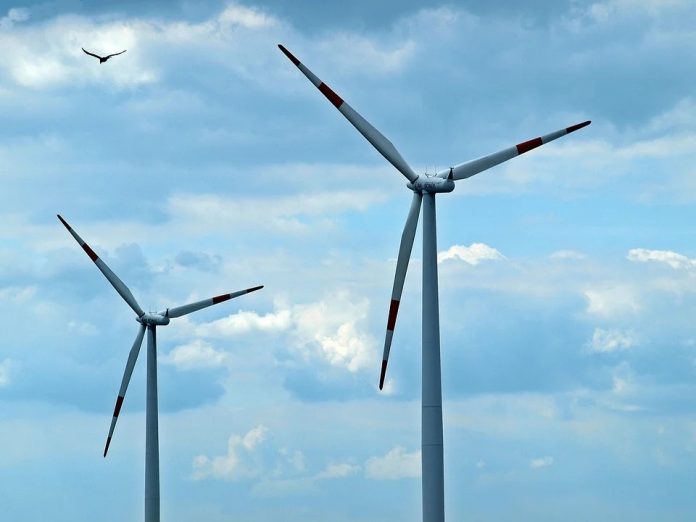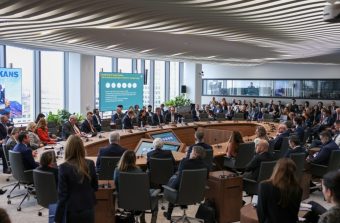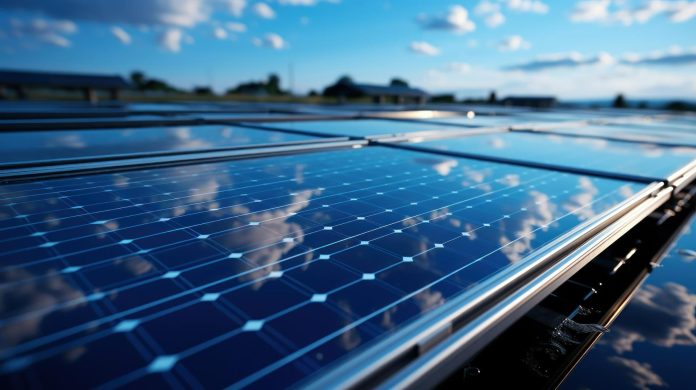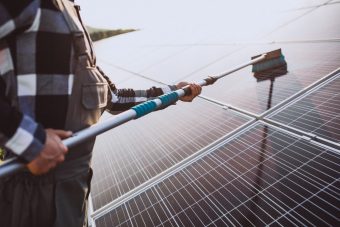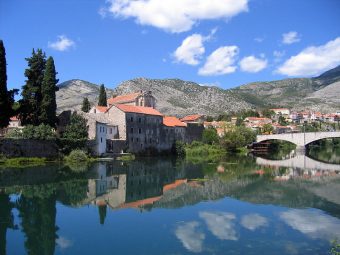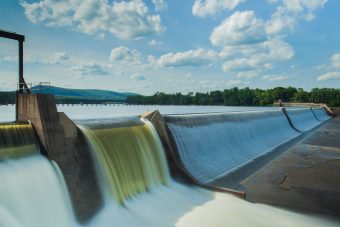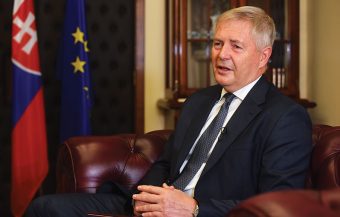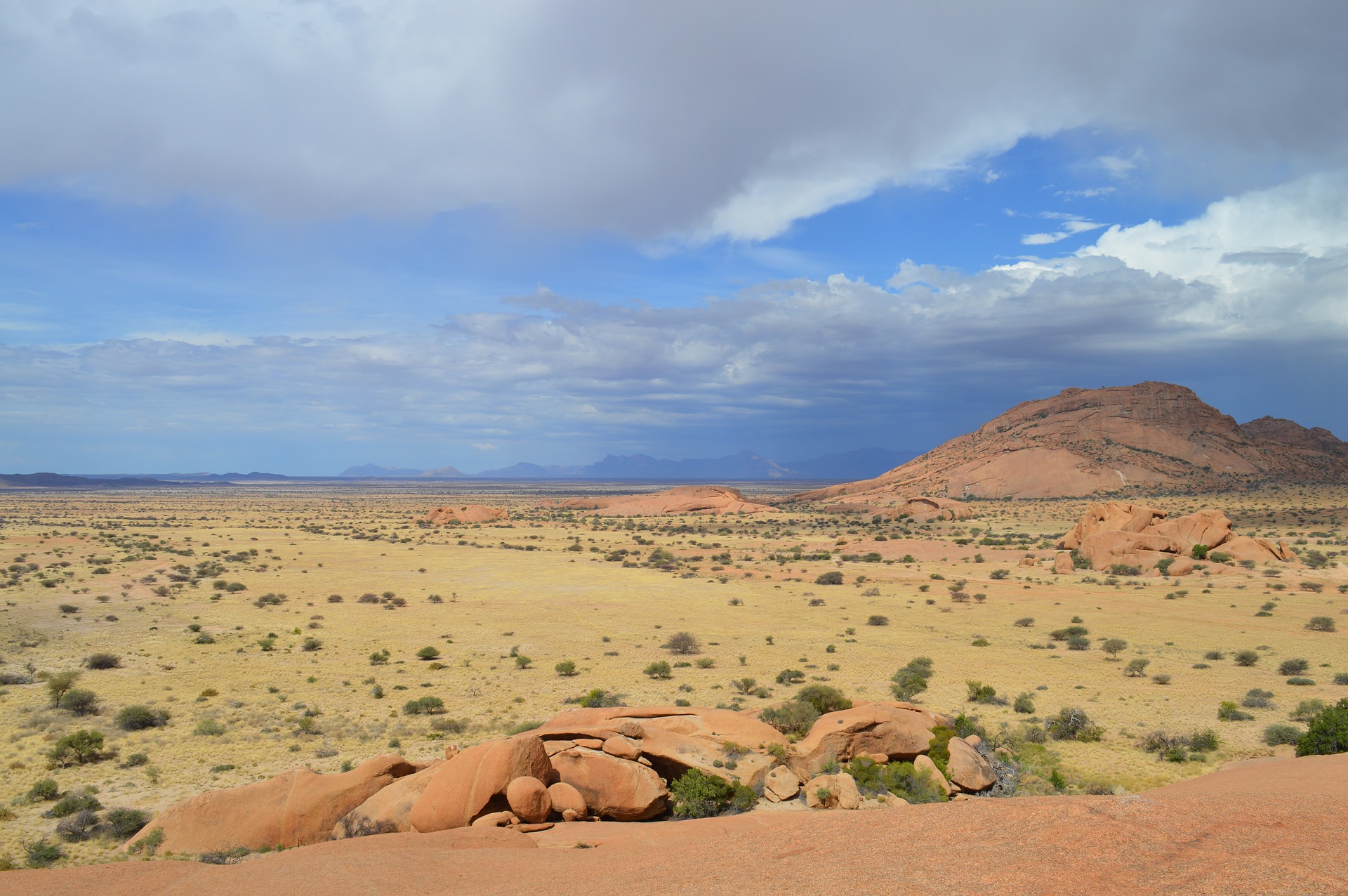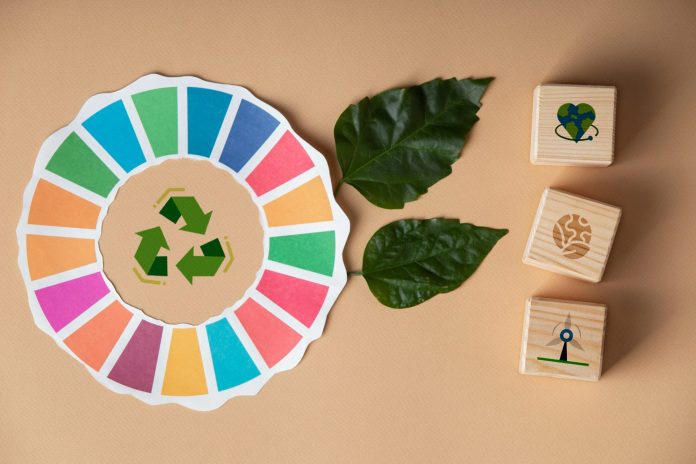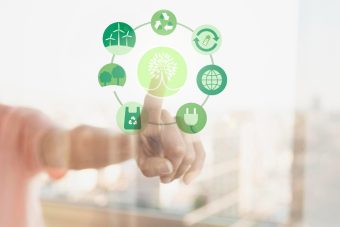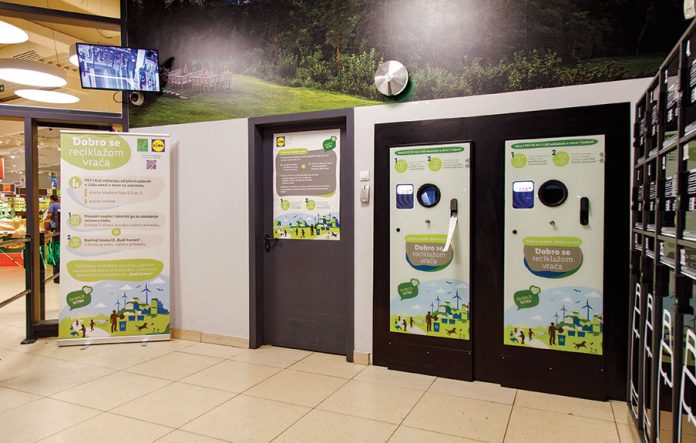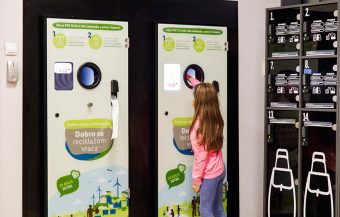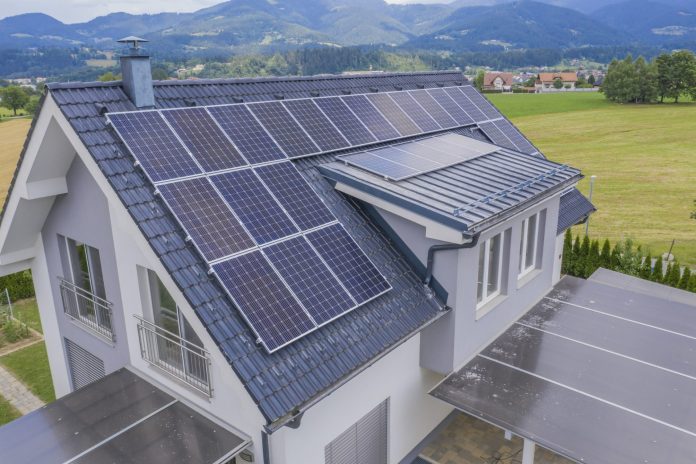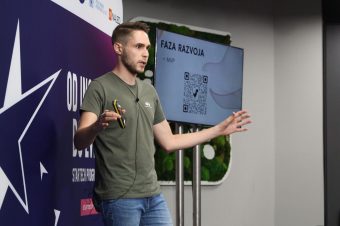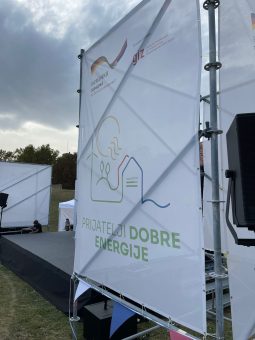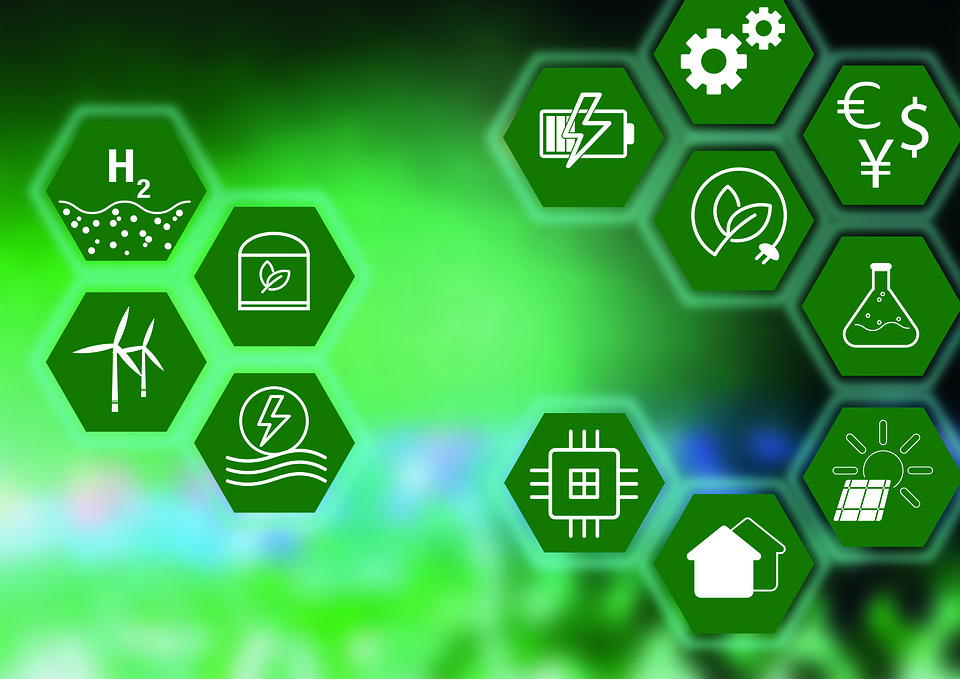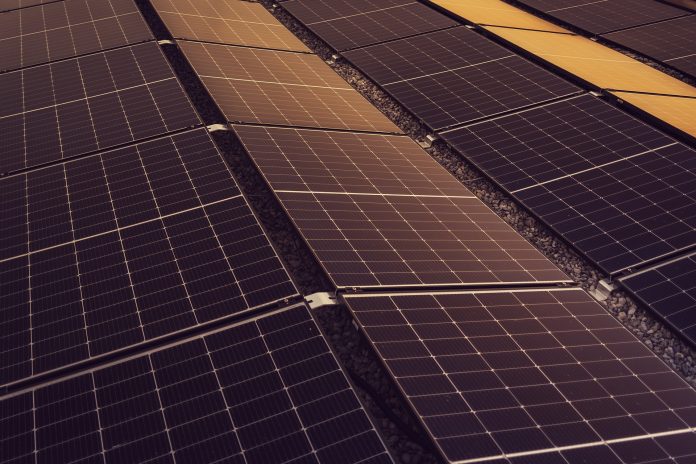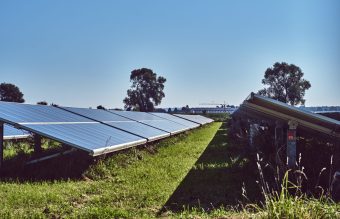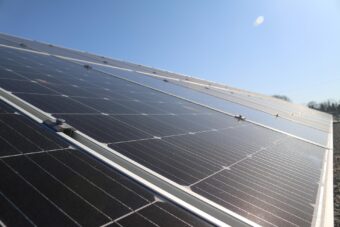
Due to the challenges posed by climate change around the world, Barcelona has set itself a plan called Clima Escola Barcelona, which includes the installation of solar panels on the roofs of schools. 100 million euros are planned for these purposes, and what is interesting is that the funds will be collected from tourist taxes.
The project will cover a total of 170 schools, attended by over 55,000 students. More precisely, we are talking about 149 schools, 16 school institutes, two special schools owned by the municipality and three institutes owned by the municipality.
The implementation of the project will take place in two phases. The first will last from 2024 to 2026 and solar panels will be installed on 84 buildings, while the second phase will cover the period from 2027 to 2029, when another 86 schools will receive solar panels. The total calculated area for the installation of photovoltaic panels is 181,000 square meters, according to the website of the Barcelona City Council.
More:
- SERBIA HAS GOOD PREDISPOSITIONS FOR THE USE OF SOLAR ENERGY
- MT-KOMEX IS BUILDING IN THE EUROPEAN UNION FOR THE FIRST TIME
- THE EUROPEAN SOLAR INDUSTRY FACING A CHALLENGE – PROPOSED EMERGENCY MEASURES TO PROTECT EU PRODUCERS
Estimates are that these solar panels will produce more energy, something that is needed to supply these facilities. The created surplus will be redirected to the needs of the City.
This kind of energy is intended primarily for the air conditioning of buildings. This means that the plan set by Barcelona includes the installation of air conditioning, then air purification devices and ventilation systems, and solar panels that will cover the energy needs of these devices.
Energy portal



